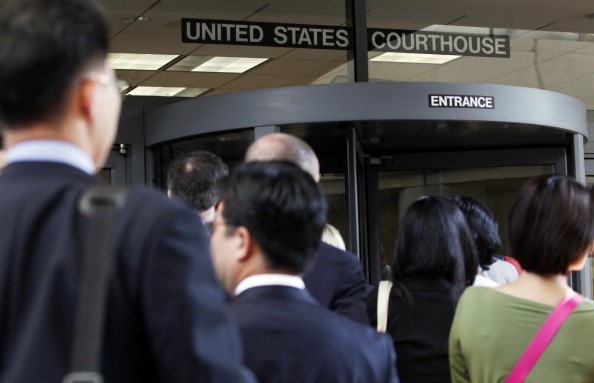According to a recent report by the National Business Daily, GPNE Corp sued Apple Inc. for directly infringing its own patent that was issued in China in 2001.
GPNE Corp is a telecommunications research and licensing company that currently holds more than 30 patents worldwide in the field of wireless and wired data communications. Its goal is to position its core patented technologies as some of the world’s most predominant MAC layer protocols.
The lawsuit accuses that the "computerized communications devices and computerized tablet devices," which refers to the iPhone and the iPad manufactured by Apple, infringed upon the patent of GPNE.
The company is claiming a compensation of 800 million yuan, which is the highest asking penalty in the country for a lawsuit.
According to Huang Jingyu, the founder of GPNE Corp, the patent relates to General Packet Radio Service. This refers to features that allow multimedia messaging, always-on Internet access, push-to-talk over cellular and point-to-point networking.
He also said: "The patent has received patent protection rights in 14 countries, including China, USA and Japan."
The litigation started on Jan. 28, 2013.
The report indicates that Apple has been requested three times to appear at the Patent Reexamination Board of State Intellectual Property Office of China for the past four years. They are tasked to invalidate the patents that the company is involved in.
Apple filed an administrative appeal to the Beijing First Intermediate People's Court in Sept. 23, 2014.
The patents, however, are still valid, as all the litigation requests from Apple have been rejected.
The Shenzhen Intermediate People's Court has held hearings three times regarding the case as of the end of November last year.
Apple has made no comments on the allegations so far.
Before this lawsuit, GPNE Corp consecutively sued other companies with regard to patents. These companies include Motorola, Samsung, Blackberry, LG, HTC, Huawei, Sharp, Sony Ericsson and Cisco. Most of the companies have either signed patent permission agreements or reached settlement resolutions.



























